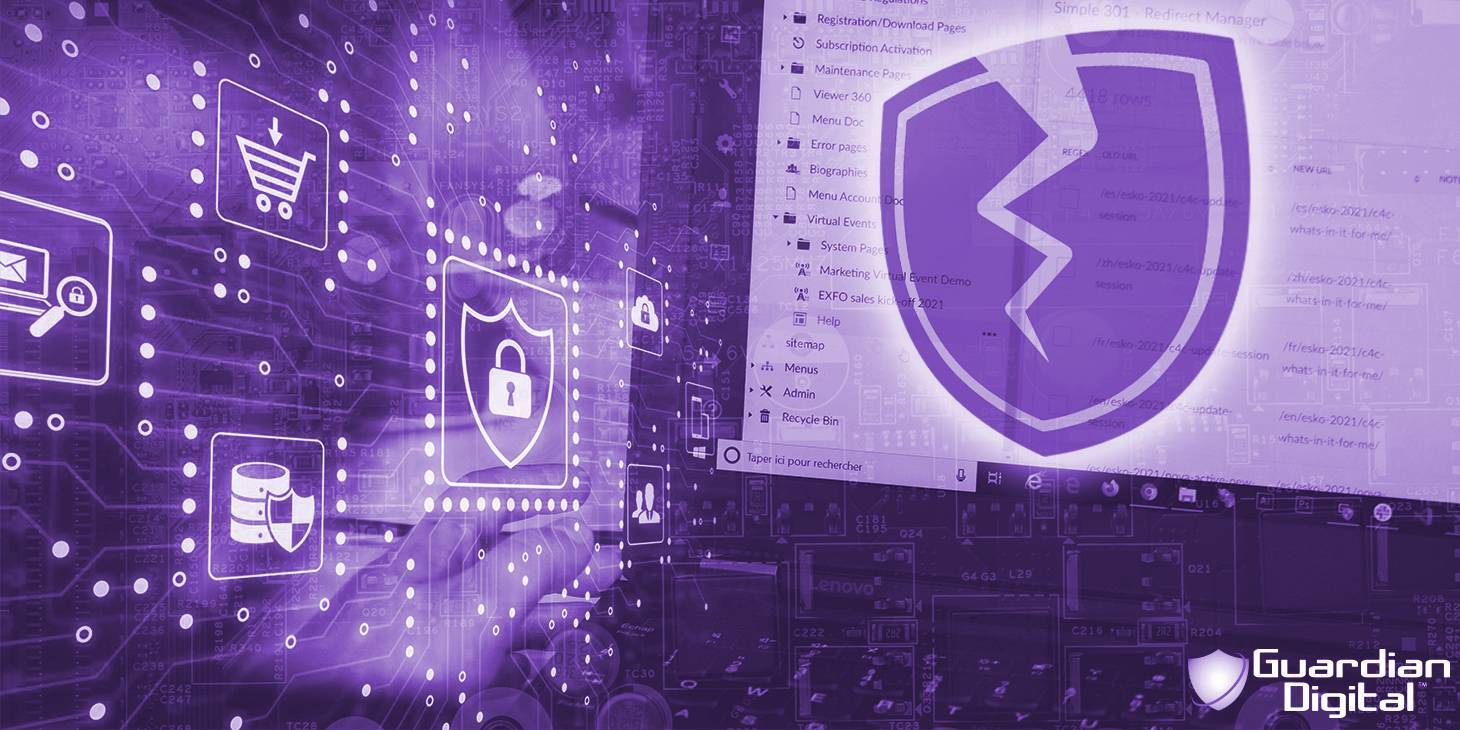
What Is Malicious Code in Cybersecurity?
Malicious code refers to any software that can damage or disable various access on business networks. This coding can take the form of email viruses, trojans, worms, malware, ransomware, or phishing email attacks. If cybercriminals properly infiltrate a company's system, such email security risks can be incredibly detrimental to a server. Attacks using malicious code can lead to significant downtime, data loss, financial theft, compromised accounts, and reputational harm.
We also use the term “malware” to describe malicious code since this email threat can harm a system. These types of email attacks have different behaviors and characteristics that can exploit cybersecurity vulnerabilities. Threat actors discover email security weaknesses on Operating Systems, applications, and firmware when users misconfigure their servers and cybersecurity platforms. Cybercriminals can manipulate these alleys to instigate email security breaches, send infected attachments, or initiate phishing campaigns. Over time, malicious code has become much more sophisticated and causes billions of dollars in yearly damage. Users must know the dangers of email threats and remain prepared for them.
How Can Malicious Code Cause Damage?
During most malicious code attacks, cybercriminals encrypt your files after successfully compromised accounts. Email security breaches can lead to stolen information, data loss, spam email attacks, and damaged hardware.
The Love Letter Virus in 2000 focused on getting millions of users to pass on an infected email attachment from a supposed loved one. Phishing campaigns like these have only persisted since as newer, more detrimental forms have developed, like ransomware.
What Are Examples of Malicious Code?
As mentioned, malicious code comes in various forms, so we have compiled a list for you of the most popular techniques utilized for an attack:
What is a Virus? Can I Get a Virus from Opening an Email?
- Viruses: Malicious programs self-replicate and spread from one computer to another through emails or social media. They can cause a lot of damage to infected systems.
- Email Viruses: Malware attachments interfere with emails and input themselves where there are links and downloads in a message. They can spread quickly by going through a victim’s contact list.
What Other Types of Malicious Code Exist?
- Trojans: A program that appears to be different software but contains malware automatically installs itself on your server to steal information and access confidential data.
- Worms are programs that spread rapidly through computer networks without user knowledge, consuming large bandwidth and CPU time that can slow down or crash a computer system.
- Ransomware: This type of malware locks you out of your computer or network until you pay a specific price through Bitcoin or money. Ransomware encrypts files to prevent access until you provide the ransom payment.
- Logic Bombs: Cybercriminals will set up programming in a server that will delete files or steal information during certain circumstances. The most well-known example is when an employee programs their files to delete automatically should the employee get fired from the company.
- Spyware: Threat actors obtain data about a user through information that transfers from the hard drive to the hacker without the victim’s knowledge.
How Can I Combat Malicious Code Email Threats?
To combat malicious coding in email attachments, consider the various best practices for email security we recommend so that you can prevent an attack from severely harming your server:
- Install malware URL scanners and antivirus software to scan email for viruses and other malicious coding. This automatic form of email protection software can enhance your ability to stop an attack in its tracks.
- Approach attachments and links in emails with caution if you do not recognize or trust the sender. Cybercriminals use email spoofing to trick users into opening malicious code on their systems.
- Make note of any irregularities in server behavior if you find yourself facing an attack following malicious emails and infections. Keep track of unexpected system crashes, strange file errors, slow performance, and spoofed email addresses that could be symptoms of an attack.
- Download cybersecurity tools that block malicious code from a server. Consider sandboxing malware that can focus on patching any email security risks and notifying security researchers immediately so they can analyze them.
- Research tools and email security technologies that focus on malicious code, including antivirus software, firewalls, intrusion detection systems, advanced threat protection servers, and more, can help ensure email protection for users.
- Speak with one of our email security specialists to get the latest information on what we recommend to users. Sign up for our Behind the Shield newsletter to stay on top of how you can continue to scan email for viruses and combat malicious emails.
These options can help you prevent an attack and continue daily operations as usual.
Other FAQs
- What Is Guardian Digital EnGarde Cloud Email Security?
- FAQs: What Are Some Examples of Malicious Code?
- How to Properly Scan Your Windows Computer for Malware & Remove Malware from Your PC
- What Should I Do if I Accidentally Clicked on a Phishing Link?
- FAQs: What Are Denial of Service (DoS) Attacks?
- FAQs: Why Outsource Businesses Email Security?
- What Is Domain Spoofing?
- What Are Insider Threats & How Can You Reduce Your Risk?
- The Silent Assassins: How Impersonation Attacks Target CEOs via Email
- How Can I Choose the Right Email Security Service for My Organization?